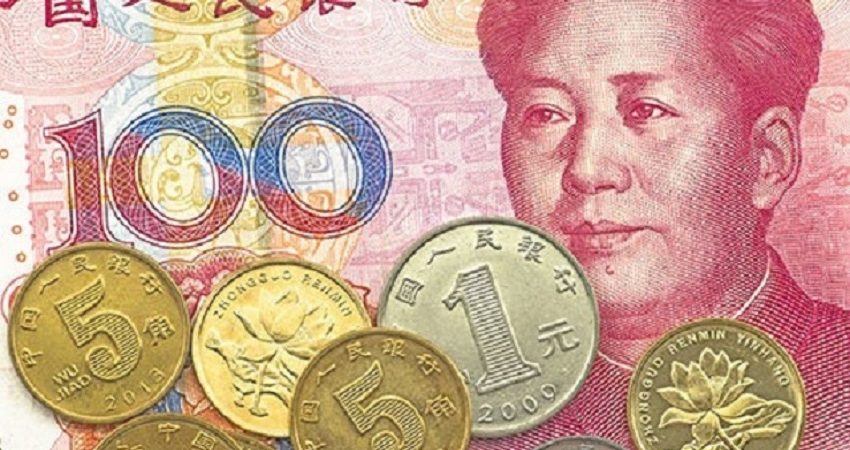With GDP growth rate never in the negative territory since 1980 and 2017 GDP reaching $12.238 trillion, an astonishing 64x of its 1980 GDP of $191.149 billion, according to the World Bank, China has become the second-largest economy globally, trailing only the U.S. (2017 GDP of $19.391 trillion). In addition, based on data from the World Trade Organization, China was the top exporter of merchandise worldwide in 2017. Furthermore, the United Nations Conference on Trade and Development (UNCTAD) World Investment Report says that China was the second-largest recipient of foreign direct investment in 2017. The above-mentioned data indicate that China’s role in the global financial market is becoming increasingly important. Hence, its monetary system will be more impactful from a global perspective.
Renminbi was pegged to the U.S. dollar until 2005. After that, China has allowed the Chinese currency to float in a narrow band, as the country is transitioning steadily to a monetary system that is more market-oriented and shifting its economy to a more balanced model driven by both domestic consumption and external demand rather than depending too heavily on exports.
China has made significant progress in foreign exchange reforms over the years, resulting in renminbi being convertible on current accounts in 2013 but not capital accounts yet. It means that exchange control still exists. Since renminbi is not a freely convertible currency, it limits its popularity. To protect the value of renminbi and preserve financial stability, capital inflows and in particular outflows have been restricted to a certain extent by the Chinese government. However, steps have been taken to relax the restrictions. For example, China’s State Administration of Foreign Exchange (SAFE), the country’s foreign exchange regulator, widened the quotas of two outbound investment schemes in Shanghai and Shenzhen in April.
In May, SAFE said that it will gradually push forward with the convertibility of its capital account (without any restricted items). This move together with China’s continued effort to further open up its financial markets and allowing full convertibility of its currency, renminbi is likely to be one of the major global currencies as the U.S. dollar and euro in the future.





Hong Kong Launches the Academy Of Finance